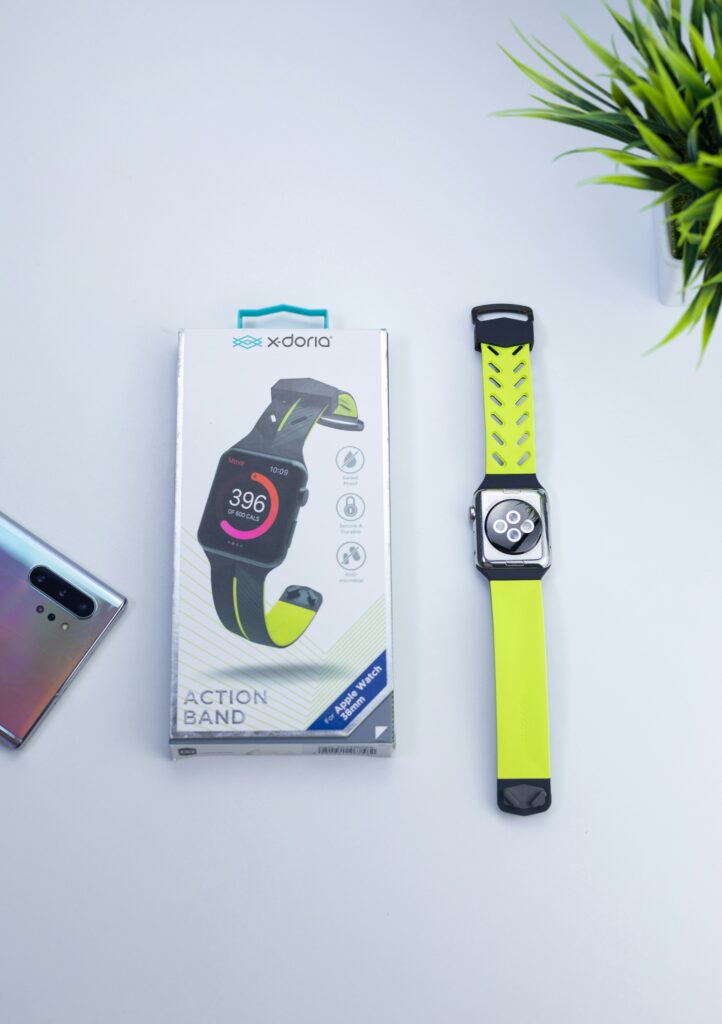In the fiercely competitive wearable technology space, three devices have recently captured significant attention: the Apple Watch Ultra 2, the Samsung Galaxy Watch 6 Classic, and the Google Pixel Watch 2. Each brings unique strengths to the table, catering to diverse user preferences and existing tech ecosystems. For consumers looking to upgrade or make their first smartwatch purchase, understanding the nuances of these flagship models is crucial.
Apple Watch Ultra 2: The Rugged Powerhouse
Launched in September 2023, the Apple Watch Ultra 2 cemented Apple’s position in the premium, rugged smartwatch segment. Building on its predecessor, the Ultra 2 features the new S9 SiP, which enables a brighter display (up to 3000 nits) and on-device Siri processing. Its standout feature, the ‘Double Tap’ gesture, offers intuitive control, allowing users to interact with the watch without touching the display. Designed for extreme sports enthusiasts and outdoor adventurers, it boasts advanced GPS capabilities, a deeper water resistance (up to 100m), and an impressive 36-hour battery life, extendable to 72 hours in low-power mode. This makes it an ideal companion for long expeditions and intense workouts.
Samsung Galaxy Watch 6 Classic: Style Meets Substance
Samsung’s answer to the premium smartwatch market is the Galaxy Watch 6 Classic, which hit stores in August 2023. This model reintroduces the beloved physical rotating bezel, a tactile and satisfying way to navigate the interface. Powered by Wear OS (co-developed with Google) with Samsung’s One UI Watch overlay, it offers seamless integration within the Android ecosystem, particularly for Samsung smartphone users. Key features include enhanced sleep tracking, personalized heart rate zones for fitness, and a robust health monitoring suite including ECG and blood pressure measurement (in supported regions). The larger display and sleek design make it a fashionable yet highly functional choice for everyday use, bridging the gap between a traditional watch and smart tech.
Google Pixel Watch 2: The Fitbit-Powered Smartwatch
Released in October 2023, the Google Pixel Watch 2 is Google’s second attempt to carve out its niche, significantly improving on its debut. The major upgrade comes in the form of a new quad-core processor, improving performance and battery efficiency, offering 24-hour battery life with always-on display. Its deep integration with Fitbit is a core selling point, providing advanced health and fitness tracking features such as a continuous electrodermal activity (cEDA) sensor for stress management, and improved heart rate tracking. For Android users, especially those invested in the Google ecosystem, the Pixel Watch 2 offers a clean Wear OS experience and direct access to Google services, making it a strong contender for those prioritizing seamless software integration and comprehensive health insights.
Impact and User Experience: Which One Suits You?
The latest generation of smartwatches continues to push the boundaries of what these devices can do. The impact on users is profound, offering more accurate health monitoring, greater convenience for notifications and payments, and advanced fitness tracking. Data from Counterpoint Research often highlights the dominance of Apple in the premium segment, while Samsung and Google vigorously compete for the broader Android market share. Each device’s ecosystem integration is a critical factor: the Apple Watch thrives within the iOS world, while the Galaxy Watch and Pixel Watch are designed for Android users. Choosing the right one often comes down to your existing smartphone and preferred user interface.
The Future of Wearable Tech: Expert Opinions
Experts predict a future where smartwatches become even more integral to personal health management, with advanced AI-driven diagnostics and proactive health alerts. As noted by analysts at The Verge, the focus will increasingly shift towards longer battery life, non-invasive health sensors (e.g., continuous glucose monitoring), and seamless integration with augmented reality experiences. The competition between these tech giants will undoubtedly accelerate innovation, leading to more personalized, powerful, and discreet wearables. For instance, the ongoing development in micro-LED displays and more efficient chipsets promises to enhance both performance and longevity, making smartwatches an even more indispensable part of our daily lives.
In conclusion, the choice among the Apple Watch Ultra 2, Samsung Galaxy Watch 6 Classic, and Google Pixel Watch 2 hinges on individual priorities. If you’re an iPhone user seeking ruggedness, extreme sports features, and cutting-edge performance, the Ultra 2 is unmatched. Android users prioritizing a classic watch aesthetic with a physical bezel and robust health tracking will find the Galaxy Watch 6 Classic highly appealing. Meanwhile, the Pixel Watch 2 is ideal for Google ecosystem enthusiasts who value a pure Wear OS experience and deep Fitbit integration for comprehensive health insights. Each offers a compelling package, ensuring that no matter your preference, there’s a next-gen smartwatch ready to elevate your digital experience.

